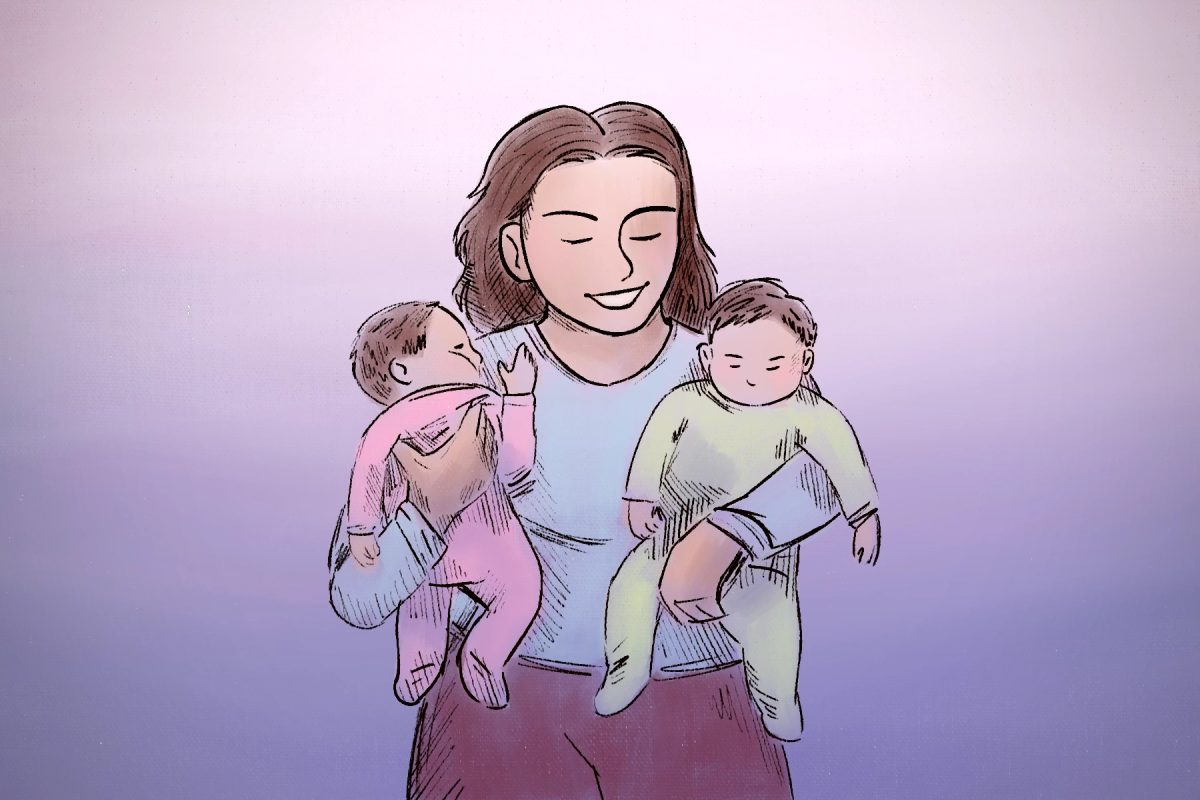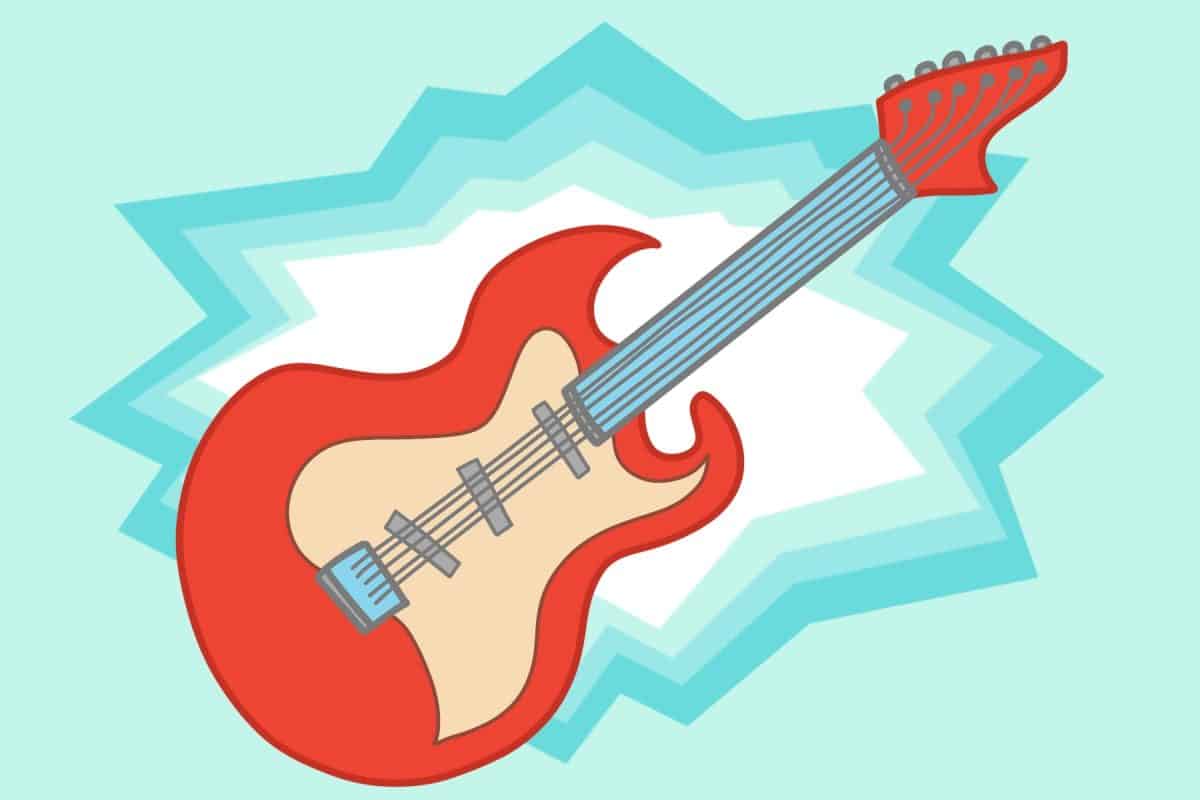The recent elevator footage of Ray Rice fighting with his then fiance, now wife, has brought a slew of attention to domestic abuse, and as National Domestic Abuse Awareness Month approaches in October, I think it’s time that we as college students pay attention.
Domestic Abuse, according to the United States Department of Justice, is defined as “…a pattern of abusive behavior in any relationship that is used by one partner to gain or maintain power and control over another intimate partner. Domestic violence can be physical, sexual, emotional, economic or psychological actions or threats of actions that influence another person. This includes any behaviors that intimidate, manipulate, humiliate, isolate, frighten, terrorize, coerce, threaten, blame, hurt, injure or wound someone.”
As highlighted in the definition, domestic abuse is not limited to physicality. Domestic abuse does not discriminate and often times goes unseen. According to The National Domestic Violence Hotline, “On average, 24 people per minute are victims of rape, physical violence or stalking by an intimate partner in the United States – more than 12 million women and men over the course of a year.”
The barrage of morose statistics continue, “Females ages 18 to 24 and 25 to 34 generally experienced the highest rates of intimate partner violence … [and] nearly half of all women and men in the United States have experienced psychological aggression by an intimate partner in their lifetime (48.4 percent and 48.8 percent, respectively).” These statistics reveal that domestic abuse is alive and well within our community.
Keep in mind, these are only the reported cases. The mental and emotional aftermath experienced by a number of victims causes many cases each year to go unreported. In general, identifying domestic abuse can be very difficult. For people within our age range, identifying some of the signs can be even more difficult due the lack of experience in relationships.
Although most of us do not like to admit to it, a lot of the relationships that we enter in college are very new to us, and we do not know what to expect or what we’re doing. So in a lot of cases, victims may not recognize the abuse because they are shocked by the act or may feel as though the abuse is a temporary or one time thing that will not get any worse.
From personal experience with a friend in an abusive relationship, some victims may think that they’ve just hit a bump in the road and although things can be seen escalating on the outside, they may not be able to see that the person who “loves them so much” is actually obstructing their happiness and well being; even in the most obvious demonstration of physical violence. It can be very difficult to see a friend or loved one in a relationship that is dangerous or threatening to their well-being, but the best thing to do is to be there in support but encourage your friend to get some help.
If you are having difficulty identifying signs of abuse, some signs may include: jealousy, hypersensitivity and controlling behavior. Partners who try to isolate you from your family and friends or tell you that you are worth anything, even when he or she is mad, or blame you for how they’re feeling or for their problems are exhibiting some signs of abuse, and it wouldn’t hurt to talk to someone.
There are countless resources on campus that can help with more information about domestic abuse. The Women’s Resource Center, located near the university police station, offers advocacy as well as counseling and other services that may help student victims of domestic abuse. Indeed, one abuse is one too many.
Erynn Williams is a junior majoring in interdisciplinary studies. Her column runs biweekly.








